Search Results for 'St Ignatius College'
7 results found.
Jimmy Cranny, ‘Mr Swimming’
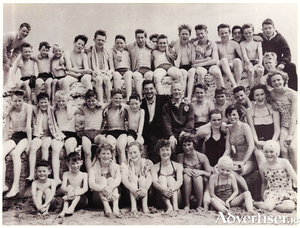
Jimmy Cranny was born in Dublin in 1905. He was orphaned early in life, came to Galway when he was eight and it became his home from then on. He grew up to be a champion swimmer, a winner of the Prom Swim and a springboard diving champion of Connacht. He was a member of the Royal Lifesaving Society and became one of their first lifeguards. He later joined the Irish Red Cross.
The boy from the Jes, who became the voice of Germany
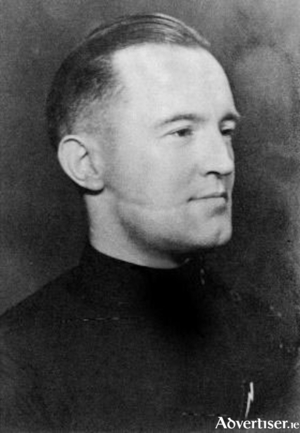
The late Billy Naughton, College Road, said he spluttered into his cup of tea, when he instantly recognised the upper-class, nasal drawl, of William Joyce reporting continuous Nazi victories on Radio Hamburg, Reichsrundfunk, during its English-language broadcast in October 1939. He was ridiculed as ‘Lord Haw-Haw’ and was the butt of Musical Hall jokes, yet he was listened to and despised for his clever mix of fact and lies.
The end of the line
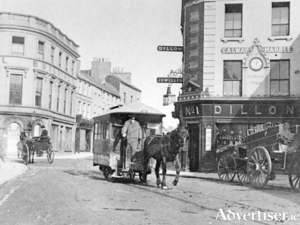
Fifteen years before the Galway-Clifden railway started, the first light-rail track laid in Galway was the tram service to Salthill. For more than 39 years a series of horse-drawn trams ran from the depot in Forster Street, along the east and south sides of Eyre Square, heading west through Shop Street and Dominick Street, over the bridge, and along the Salthill road. Then it was in the countryside with open fields and thatched cottages. The line came to an end at the Eglinton Hotel (now a hostel), where the horse was switched to the other end of the tram for the return journey. The Eglinton became Europe’s most westerly tram terminus.
Pádraic Ó Conaire: man and monument
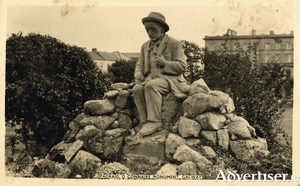
On October 6 1928, writer, journalist, teacher, and raconteur Pádraic Ó Conaire died in tragic poverty in Richmond Hospital, Dublin, at the age of 46. Since the turn of the century he had established himself as one of the leading lights of the Gaelic Revival, an innovative writer who pioneered the short story in Irish.
The D&I Dramatic Society
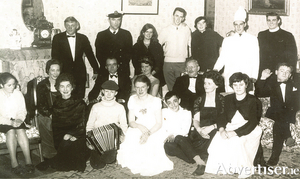
The Dominican and Ignatian Dramatic Society (known as the D&I) was set up by Fr Peadar Feeney SJ in the late 1950s. Most of the members were past pupils of St Ignatius’ College or The Dominican Convent, Taylor’s Hill. They staged a play every year for several years with any profits accruing going to the two school funds.
The night Stephen Gwynn MP nearly lost his pants
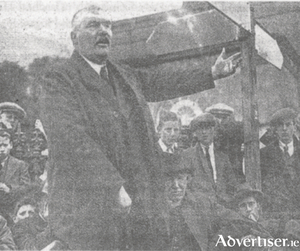
The outbreak of World War I brought to a head the divided camps among Irish nationalists, both of whom wanted Home Rule, or Independence, but both saw different ways to achieve it. Probably because of the large army presence in the town, and the natural benefits that the army brought to traders, as well as the family connections that had developed over the years between town and soldiers, the majority of people in Galway town favoured the British military approach.
The first co-ed class in the Jes
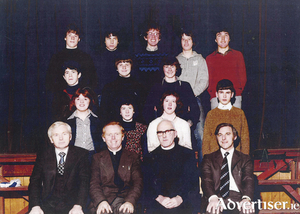
St Ignatius College’ on Sea Road opened its doors for the first time in 1862. The Jesuits built a residence and a church at the same time and the move proved to be a success for them. Attendances at Mass and ceremonies grew rapidly. The college, however, was more of a challenge. The boys ranged in age from nine to 13 and the subjects taught included mathematics, Latin, Greek, and elocution. The numbers at first were as expected. They grew steadily to 90 in 1865 and reached 110 by 1874, but they began to fall thereafter and were inconsistent from year to year. The number recorded for 1899 was 49.

